Julie and I have known each other since before we knew we were meant to be professional designers. We both attended IU Bloomington and were students in the design program to pursue our BFA in the late 80’s. That’s where our paths diverged. I pursued advertising and Julie pursued the interiors / architectural world working her dad at his renowned firm before founding her own design company where she designs large-scale residential and commercial projects and her own furniture line. She takes a sensorial approach to design, listening, visioning, sketching, and creating spaces and pieces that make our world a little more beautiful.
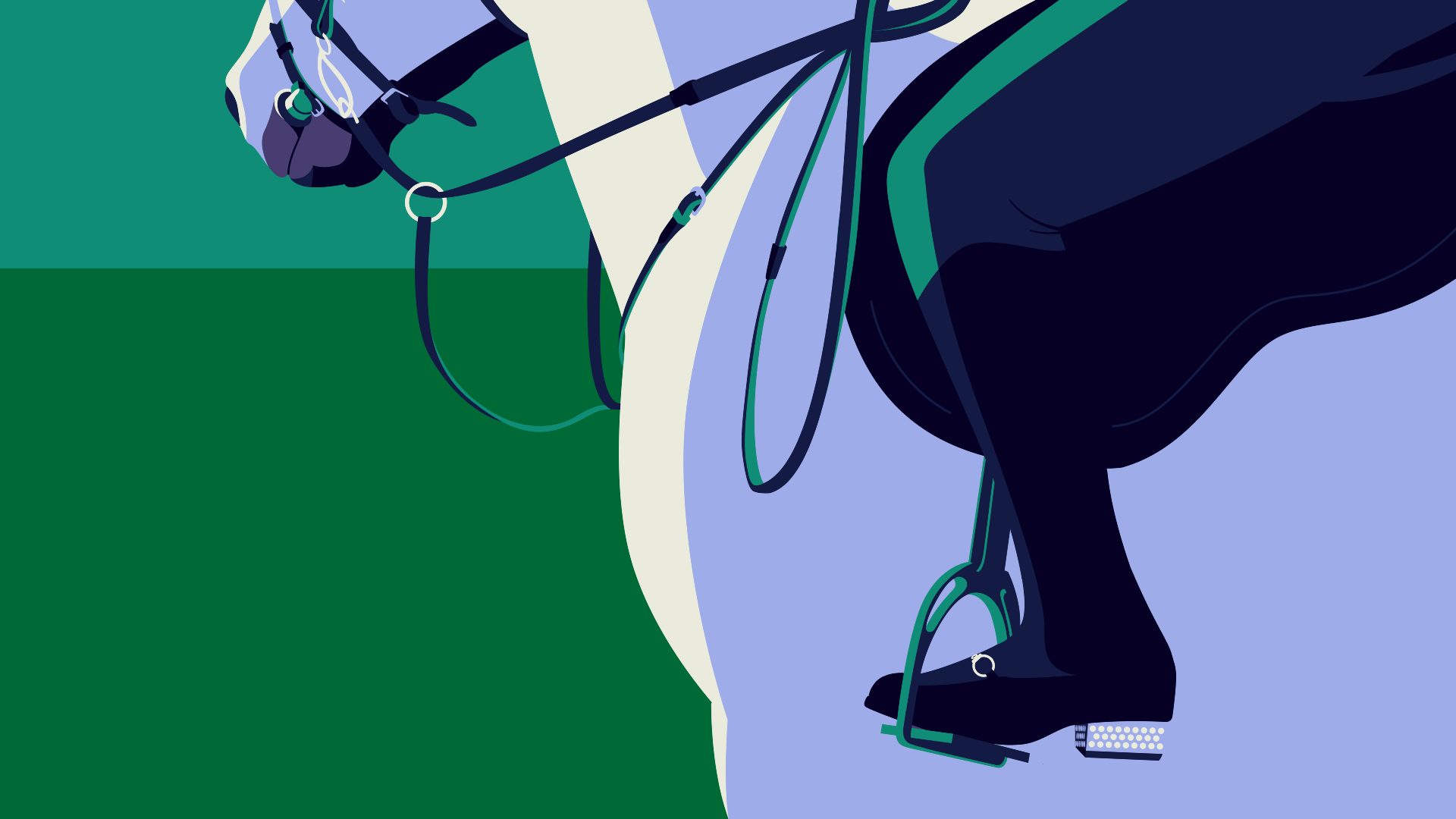
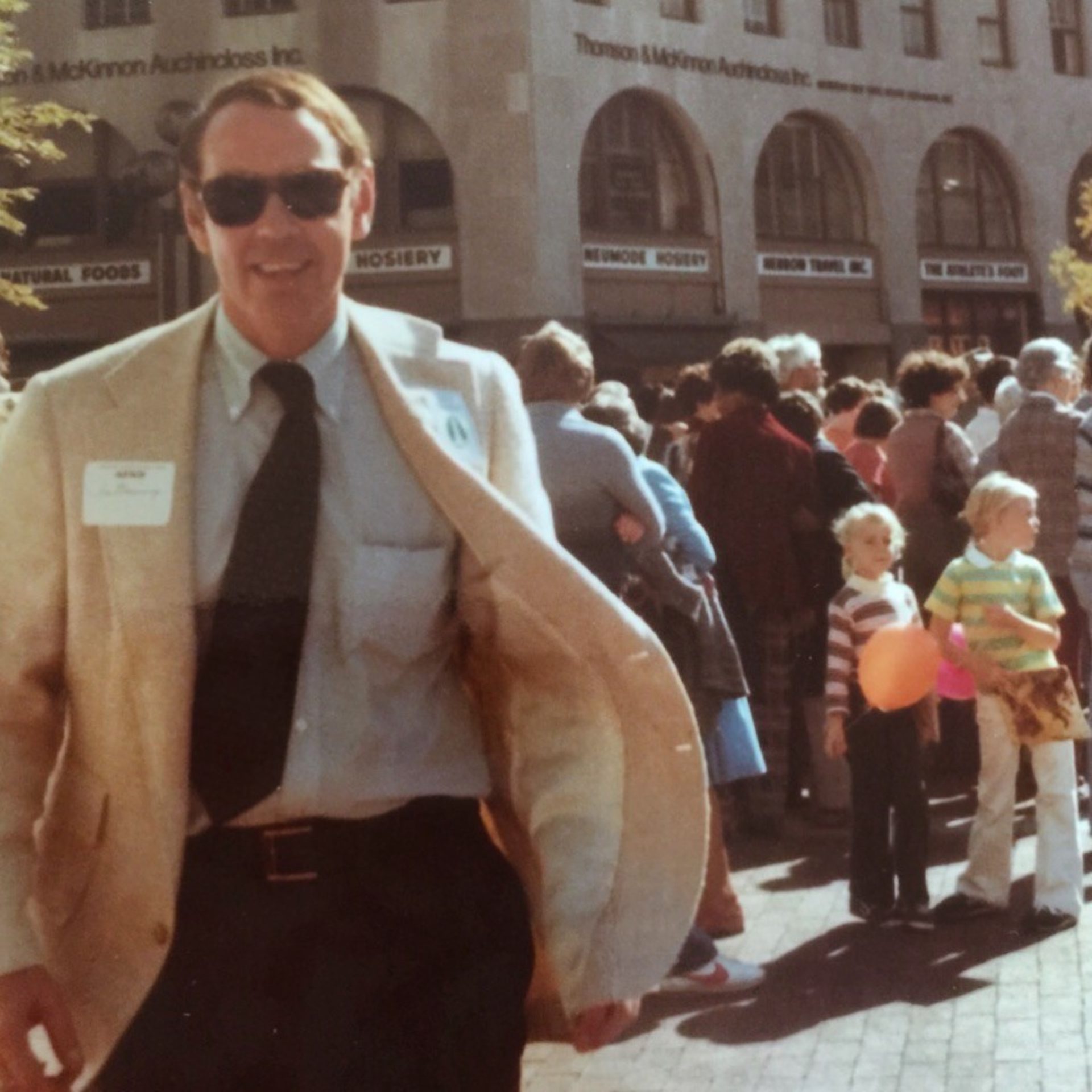

“My dad taught me the value of relationships, of being a good listener, bringing the outside in and managing the details.”
Let’s start with your work today. How has it changed over the years?
I started with my dad in a much more commercial environment before I kind of branched out on my own into more residential projects. I loved starting from sketching something all the way through construction and then actually furnishing something at the very end. At the time, I really didn’t say no to anything that came through the door. So if I was working on something commercially and they said, “Hey, you want to do our house?” I’d never say no. I just kind of found my way through it. And my business grew from that.
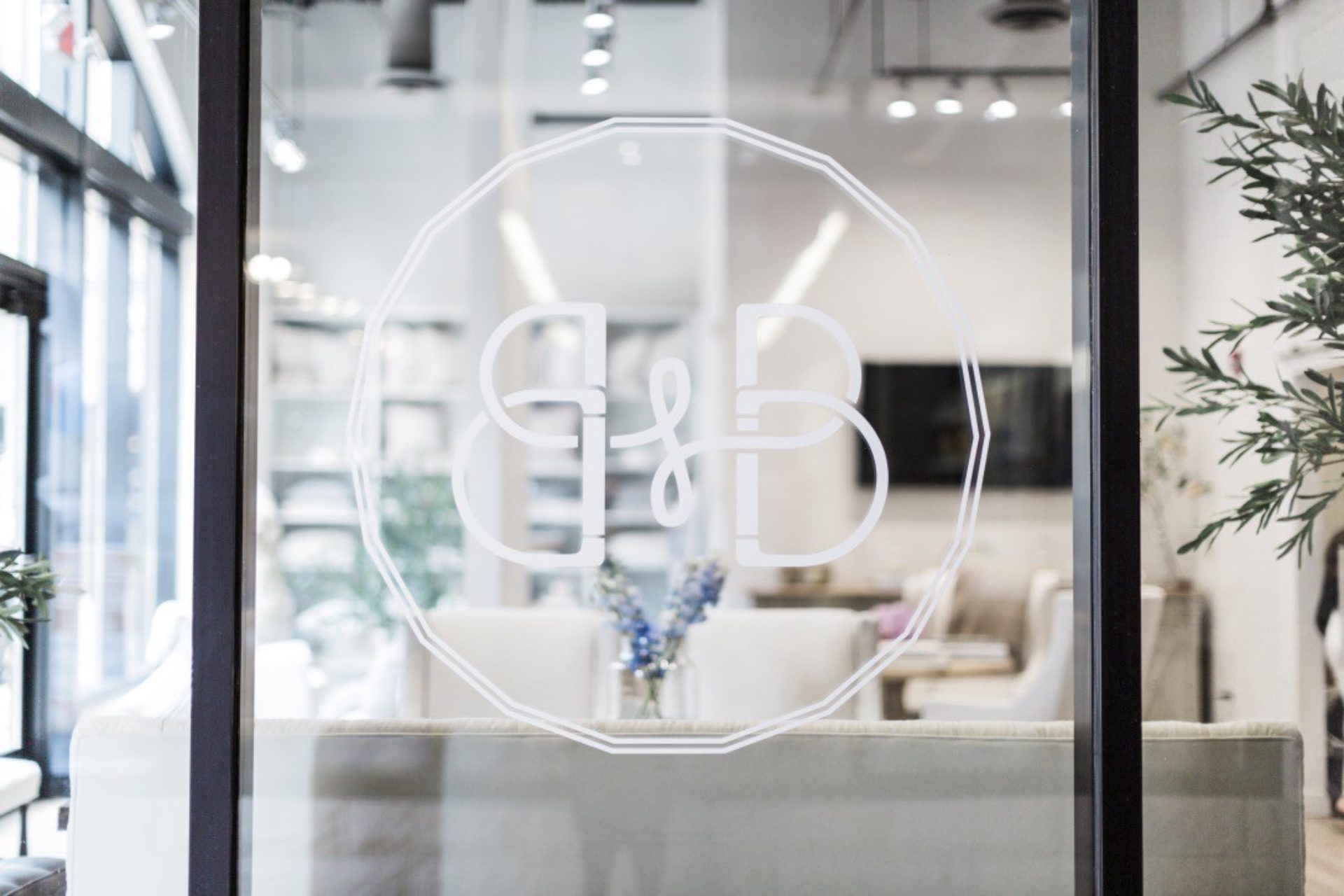
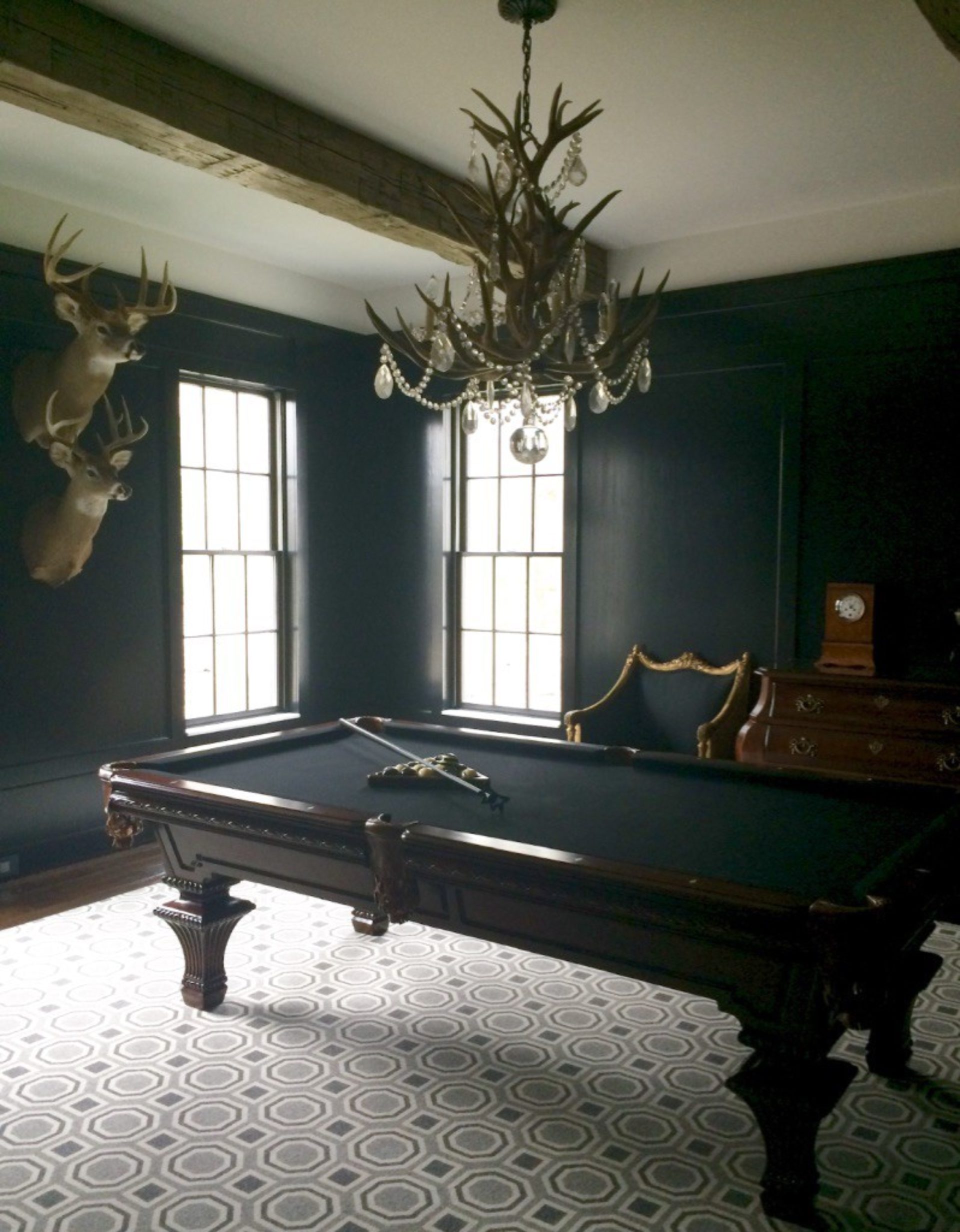
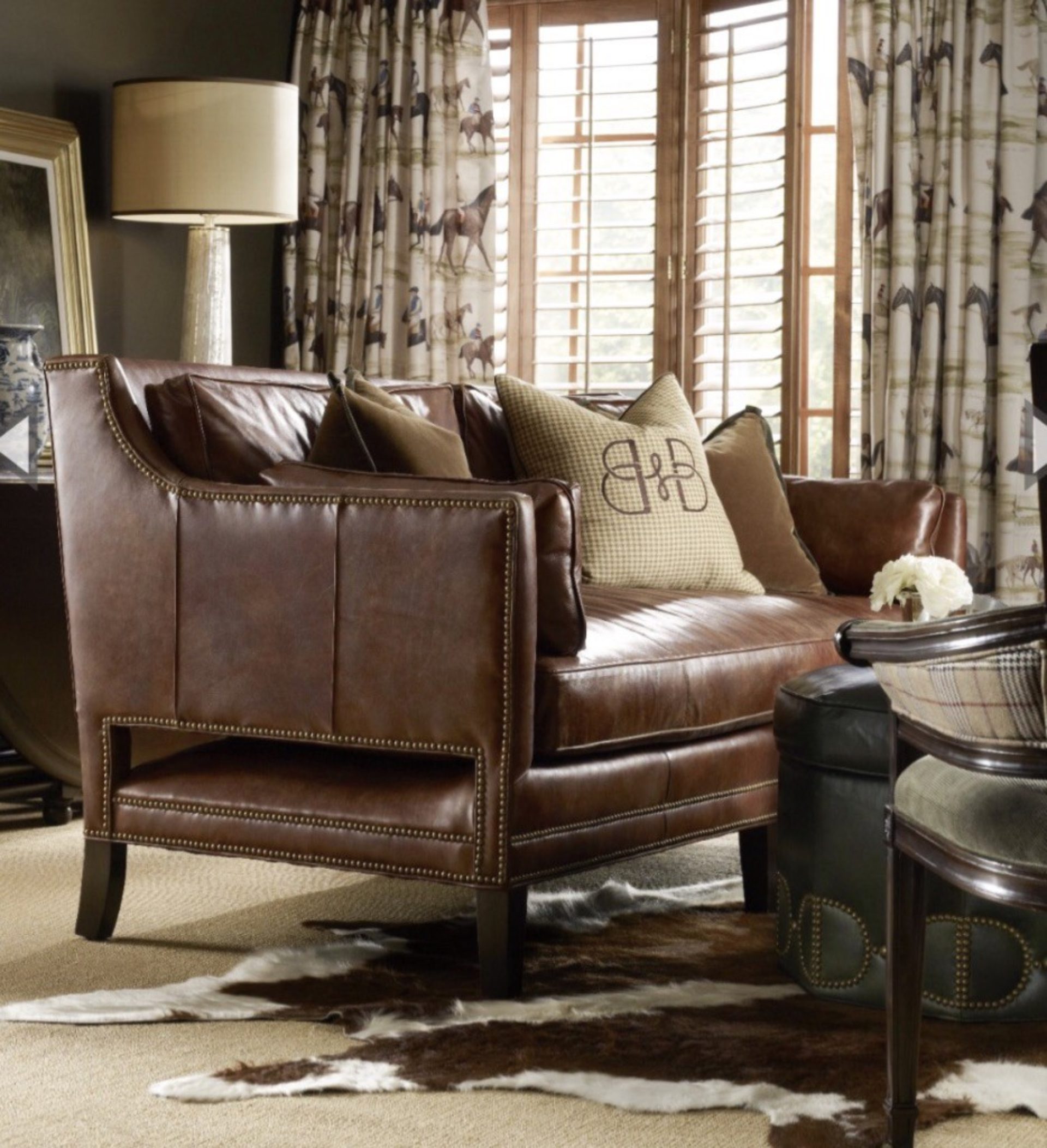
“Every day we focus on making people’s dreams come true, making them happy and trying to facilitate their project no matter what the challenges are. And it’s really fun for me. It never gets old.”
My dad had taught me about being a good listener: looking at the project from the client’s standpoint, the function, the environment, bringing the outdoors in, and focusing on the importance of the place. I have never looked at anything from a money standpoint. That’s been a huge advantage for me. Ultimately, everything we do is about the client and that customer service point of view, understanding what they need from us and curating and creating their story for them. It’s a relationship business, and I’m all about understanding people: their history, their story, where they’ve been, where they’re going, what heirlooms they have, what they want to incorporate, like can we recover your grandma’s chair? I take the time to understand their story so that when someone walks into their space, they identify with who they are, not who I am.
You also design furniture that sometimes goes into those spaces. How did that happen?
The furniture line came about based on a company that I had worked for for 20 years. After 2008 they had a lull in their business. At that time big houses were being built where they took out all the walls. This particular company had a lot of squishy, big upholstery pieces, but they didn’t have anything that was beautiful from all angles. They didn’t have chairs that had pretty backs and pretty details, and everything was over scaled. So I saw a place in the market for things that would still scale bigger when you sat in them, but still were beautiful from all sides.
Photo credit: Kindel Grand Rapids Brands
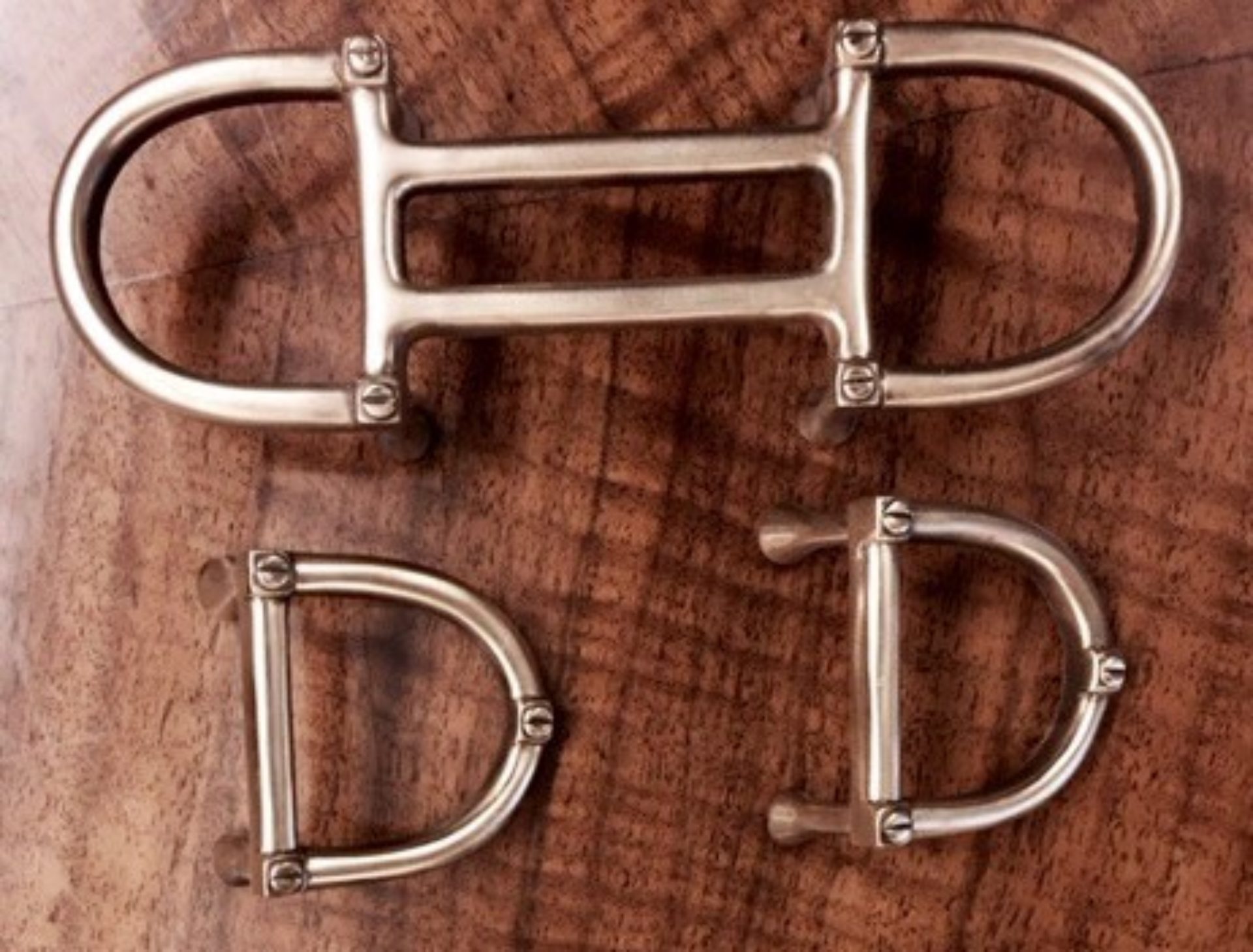
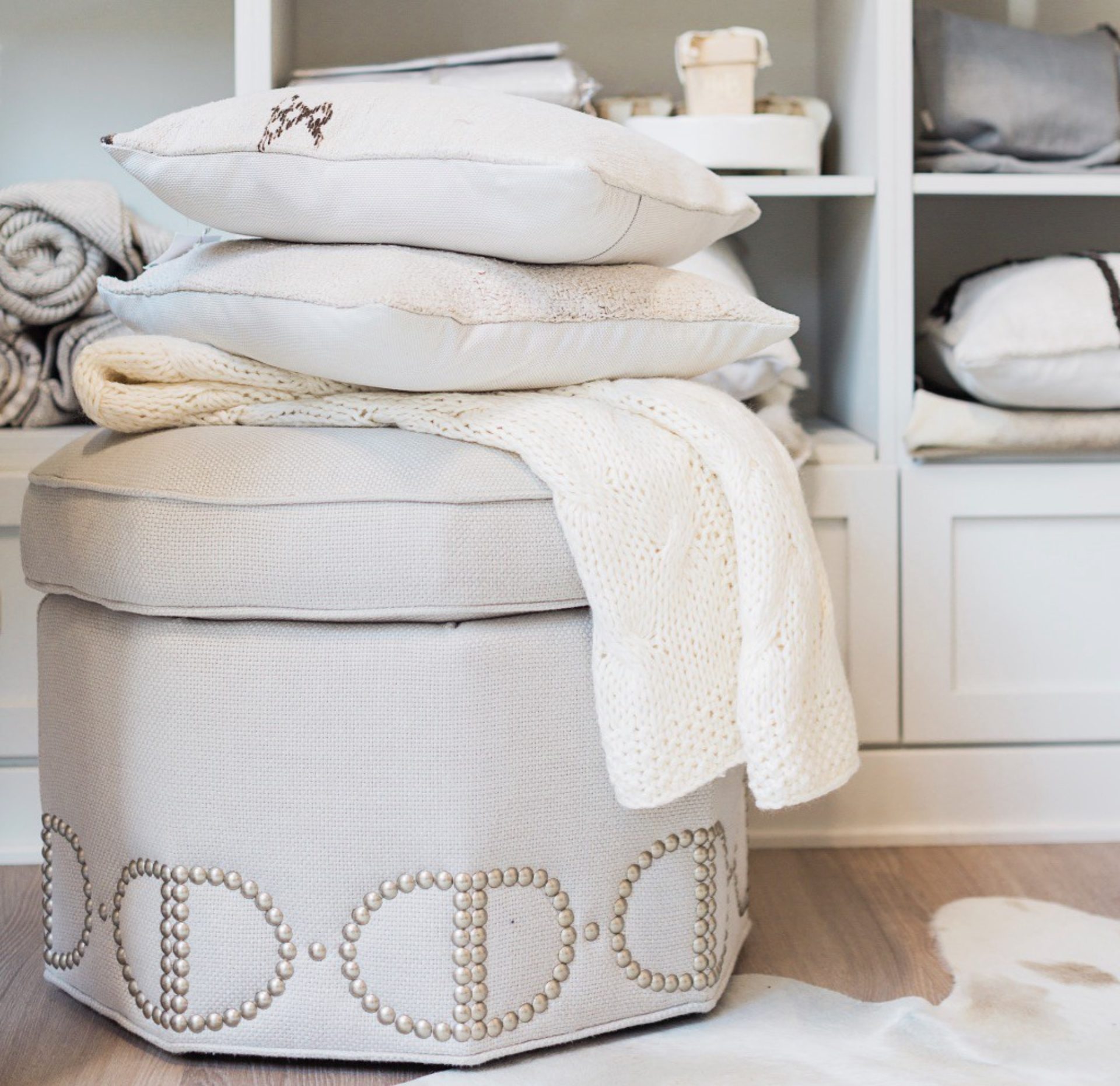
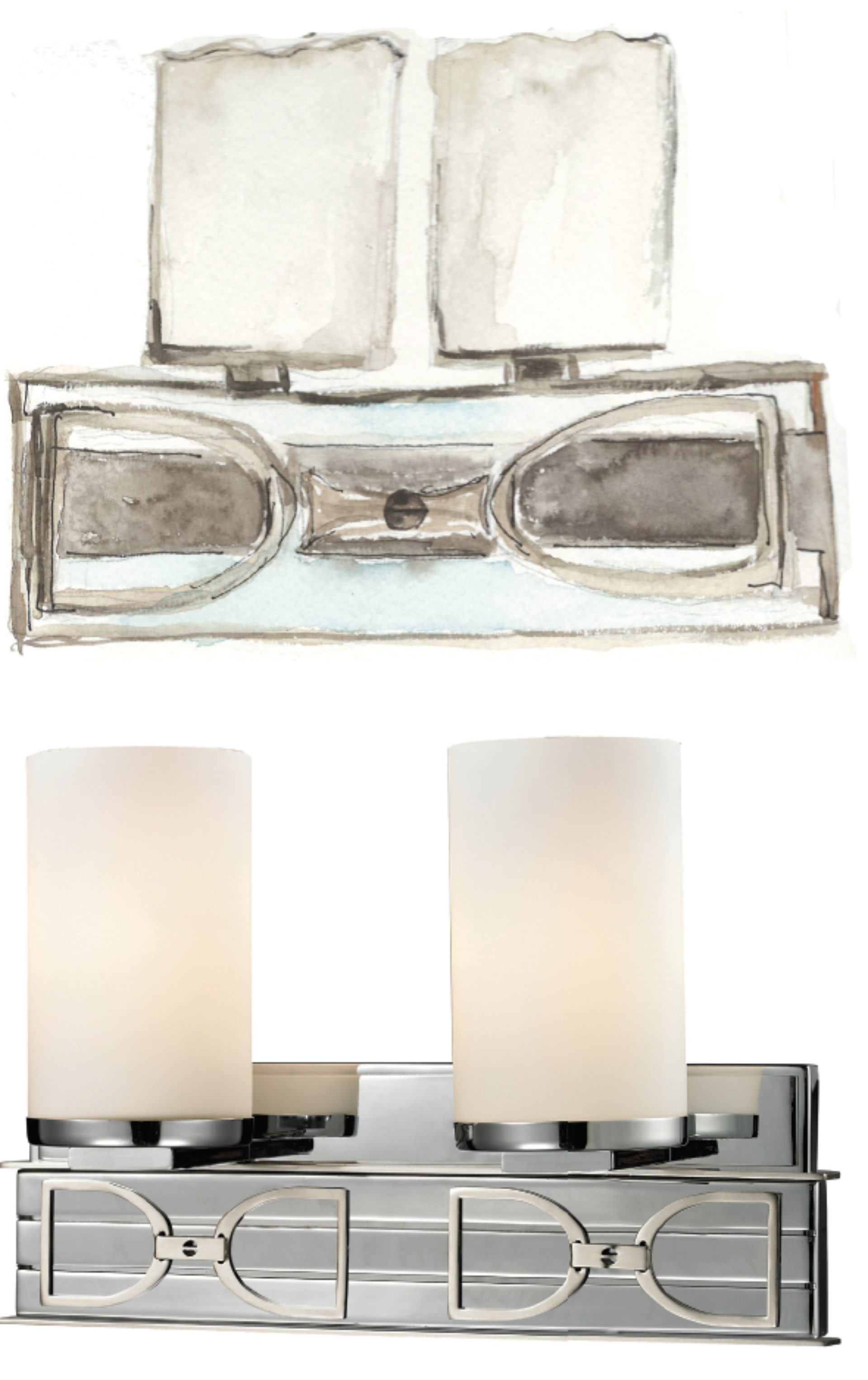
Julie begins each design with a gouache painting. A horse bit factors into this design for Elk Lighting.
When they came to visit with me, I had a hundred pieces ready to go. And it kind of just skyrocketed from there. The collection was infused with an equestrian vibe. My dad used to always wear his Gucci loafers which he’d had resoled a million times. They had these beautiful buckles and bits on them. I designed these Yonkers Ottomans that had baseball stitching on the top, and we put the bits on them. When we showed them at market as a pair, they kind of represented his loafers. The line just took off from there. We tried to find a sophisticated way to create a unique, more modern equestrian vibe versus the western style you would expect to see.
I know your inspiration for the equestrian style also comes from your love of horses. Are you still riding?
Yeah. It’s funny, I say that I’m going through different horses in different phases of my life. We had a horse at the barn named Chip, who my daughter said was my “heart horse,” who got acquired by the gal who owns the barn, because he was a little out of my skill set. Then they brought in another horse for me to ride and he gets off the truck and I ask “Well, what’s his name?” And it was “Supreme Challenge.” I said, well, maybe this represents the next level of my life. I always make myself do something that I am terrified of. And that’s true with work, that’s true with my goals, that’s true with my personal life, even if it’s just changing which laundry detergent I buy from the grocery store. I set myself up to a point where I’m terrified. I don’t breathe my entire riding lesson and they’re all like, “are you breathing?” But I find that when I’m most terrified, I feel the most accomplished at the end.
It’s a healthy thing to put intentional terror in your life. When you embrace physical terrors it’s a bit easier to take on the mental terrors.
My dad used to say, “What’s the worst thing that can happen if you put yourself out there? If they say no, they say no.” And I think that was such a good thing for me to learn too, because “no” is okay. Fear is a good thing. For me, it’s growth, and it’s understanding and raising the bar for myself. I always want to raise that bar.
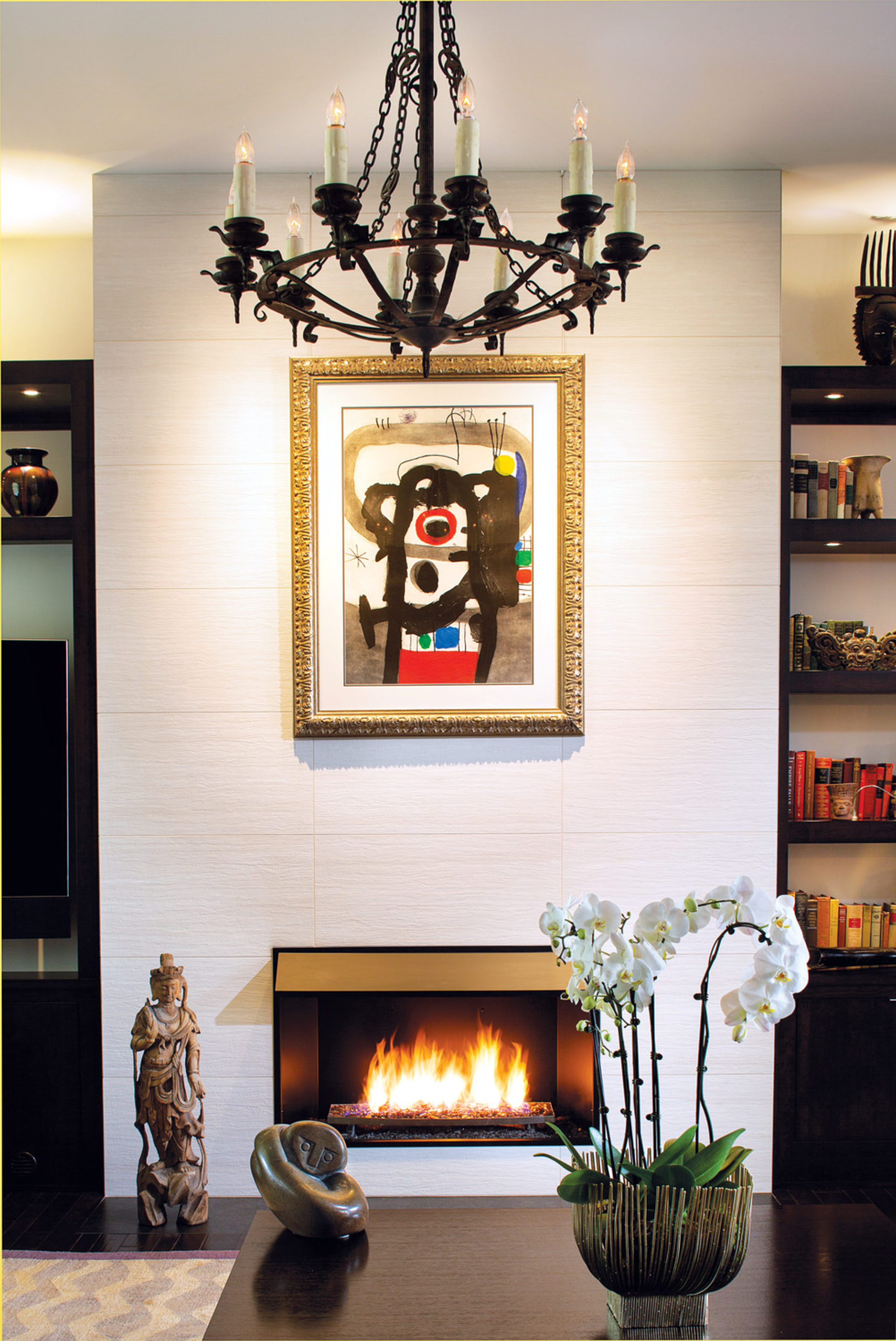
Photo credit: Indianapolis Monthly photography by Tony Valainis
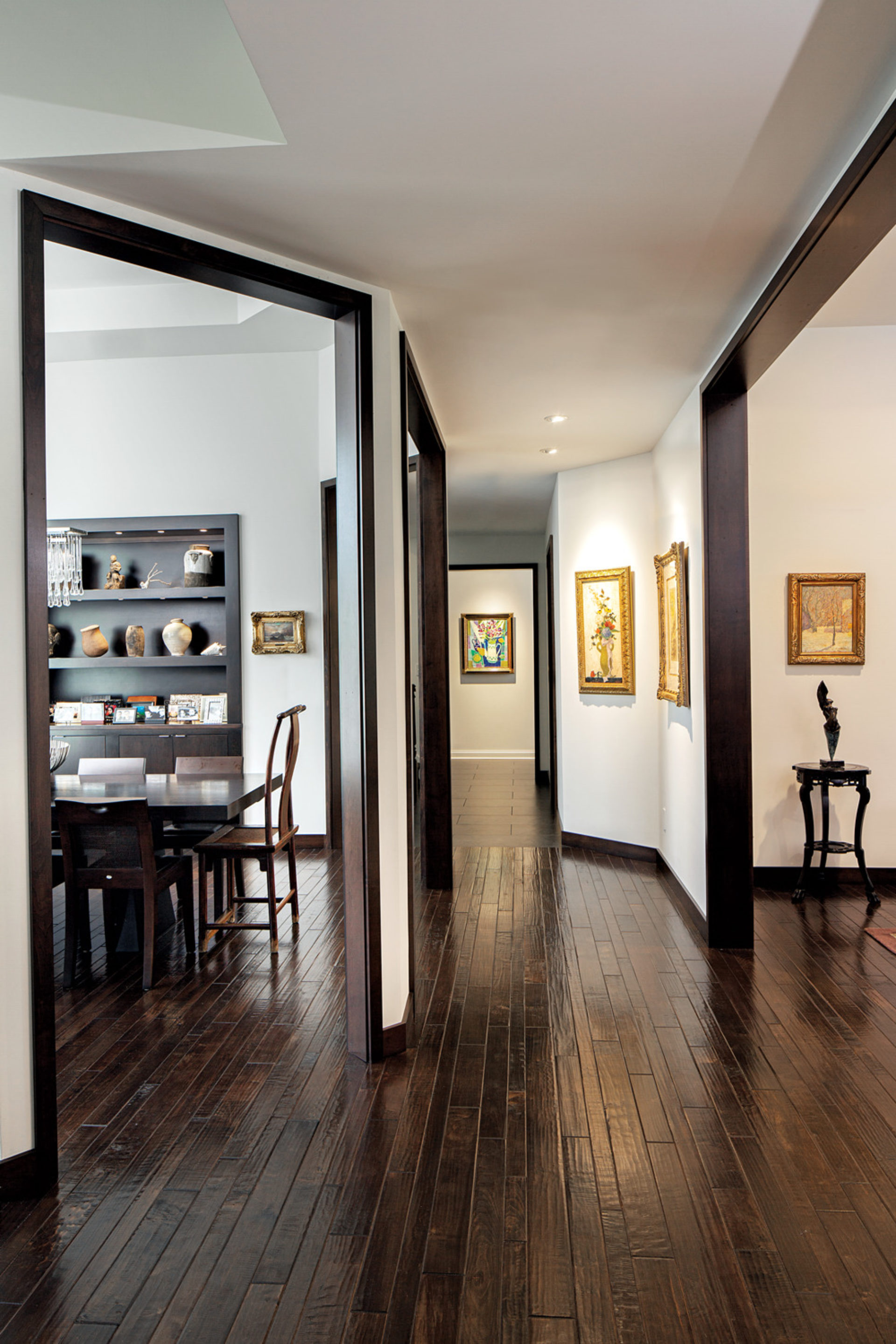
“A favorite project, we renovated this beautiful home to create a gallery for their fine art collection.”
The people that tend to do the best and have the longest careers, especially in the creative sphere, are the ones who are competitive relative to themselves versus other people. We’ve both had flourishing careers in Indiana. I wonder if having a Midwest mindset has helped us play our own game. What do you think?
I think it’s a very important part of the world here in the middle. I’m very proud of the Midwest. We’re making a lot of handmade furniture. I feel like sometimes that the coast doesn’t really recognize us. You see the trade magazines who put these big, huge conglomerate brands on their covers. And it’s these huge box stores that are creating these pieces of furniture. I feel like sometimes the craftsmanship gets lost in the translation. There’s some really, really incredibly beautiful pieces of American-made furniture. And when you hand make those pieces you have a custom piece. And that customer can know that that’s an heirloom piece that can stay in the family. We lose that specialness when we can get it in two days and it arrives in a box. We put it together and then we throw it away because it has no value.
I always tell people to look at your home or your office or your room, and think “What if I have one treasure that I want to keep? Like, what if I have one piece that I carry through for my family? What if I want one beautiful piece of local art?” And if you bring all of those pieces together, it tells a much different story than just buying everything that you can put in a cart and having it arrive in a box at your door.
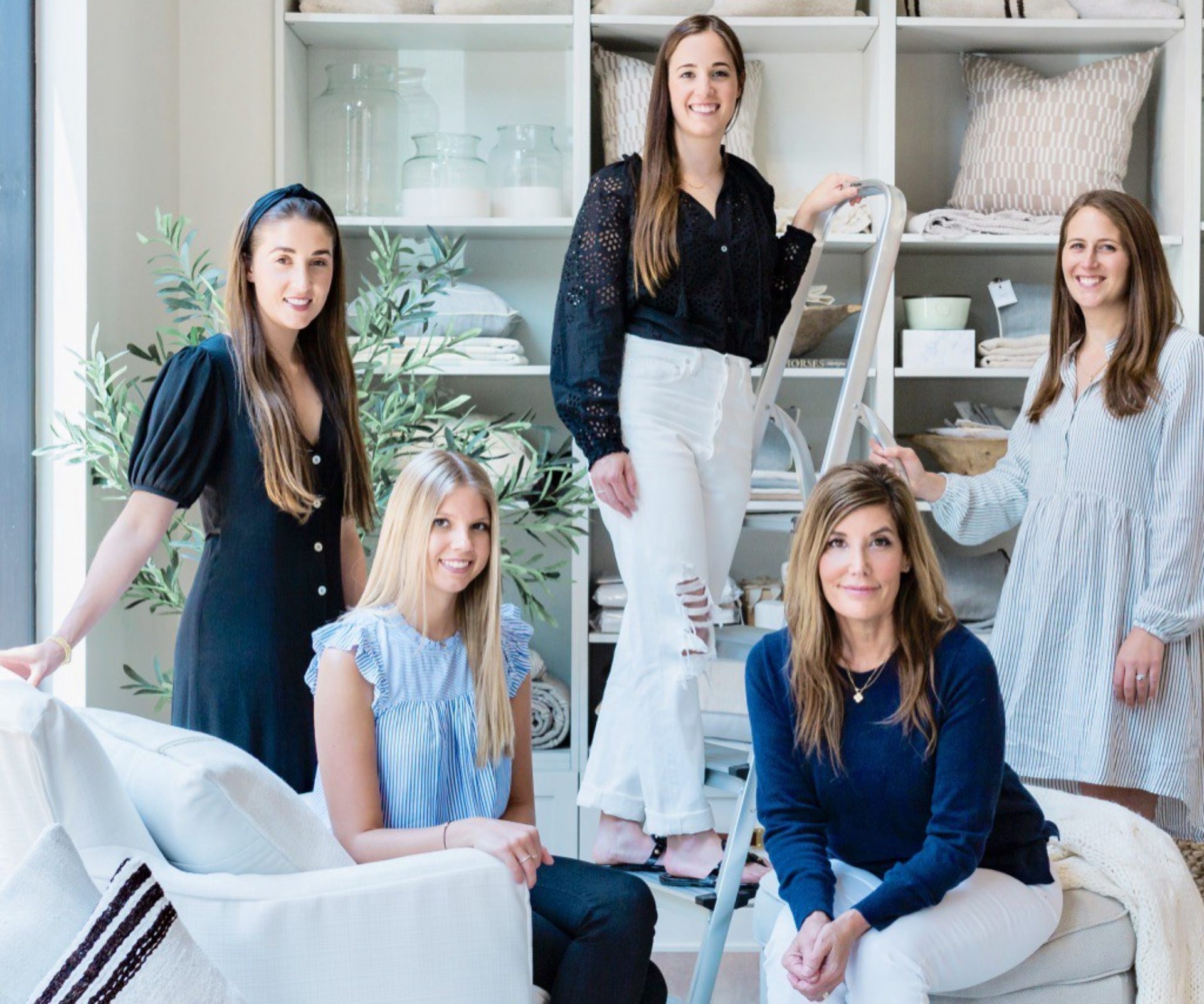
“Annie has been her 10 years, Emma has been here five years and it has been incredible to see her grow and creativity expand and Madeline and Cortney are both going on two years. We’ve become a pretty good force as a team.” Photo credit: GC Photography
You talk about how you enjoy being kind of a best-kept secret. Why is that a benefit?
In this world of technology, where everything is out there and there’s so much on the internet, I think it’s super important to maintain privacy when I go into somebody’s home. It’s their sanctuary for quietness and calm. Your home is your place where you feel safe. It’s awesome when I see people showing everything that they do. But it’s also a bit of invasion of privacy for clients. I feel that the people I work with are very appreciative that they don’t have to see everything that I do for them out there in the world. I feel fortunate that I’ve been able to build a thriving business based on word of mouth.
You talk about how you enjoy being kind of a best-kept secret. Why is that a benefit?
In this world of technology, where everything is out there and there’s so much on the internet, I think it’s super important to maintain privacy when I go into somebody’s home. It’s their sanctuary for quietness and calm. Your home is your place where you feel safe. It’s awesome when I see people showing everything that they do. But it’s also a bit of invasion of privacy for clients. I feel that the people I work with are very appreciative that they don’t have to see everything that I do for them out there in the world. I feel fortunate that I’ve been able to build a thriving business based on word of mouth.
Do you think your daughters were sort of predestined to join your company?
It’s funny, because I needed them. Both of them had a career path that probably wasn’t coming this direction. Madeline’s was building a career in a corporate position, and Emma was building her reputation in journalism. When the furniture line picked up, I need Emma’s journalism approach and understanding of the brand. We also had some initiatives that were going to be require a lot of coordination overseas so I needed Madeline’s human resources and logistics help. Honestly, I kind of begged them to join me. Family is really great to have in the business because they know all the people involved. When you have people who are willing to take that extra step and care for your clients, it makes relationships that much stronger.
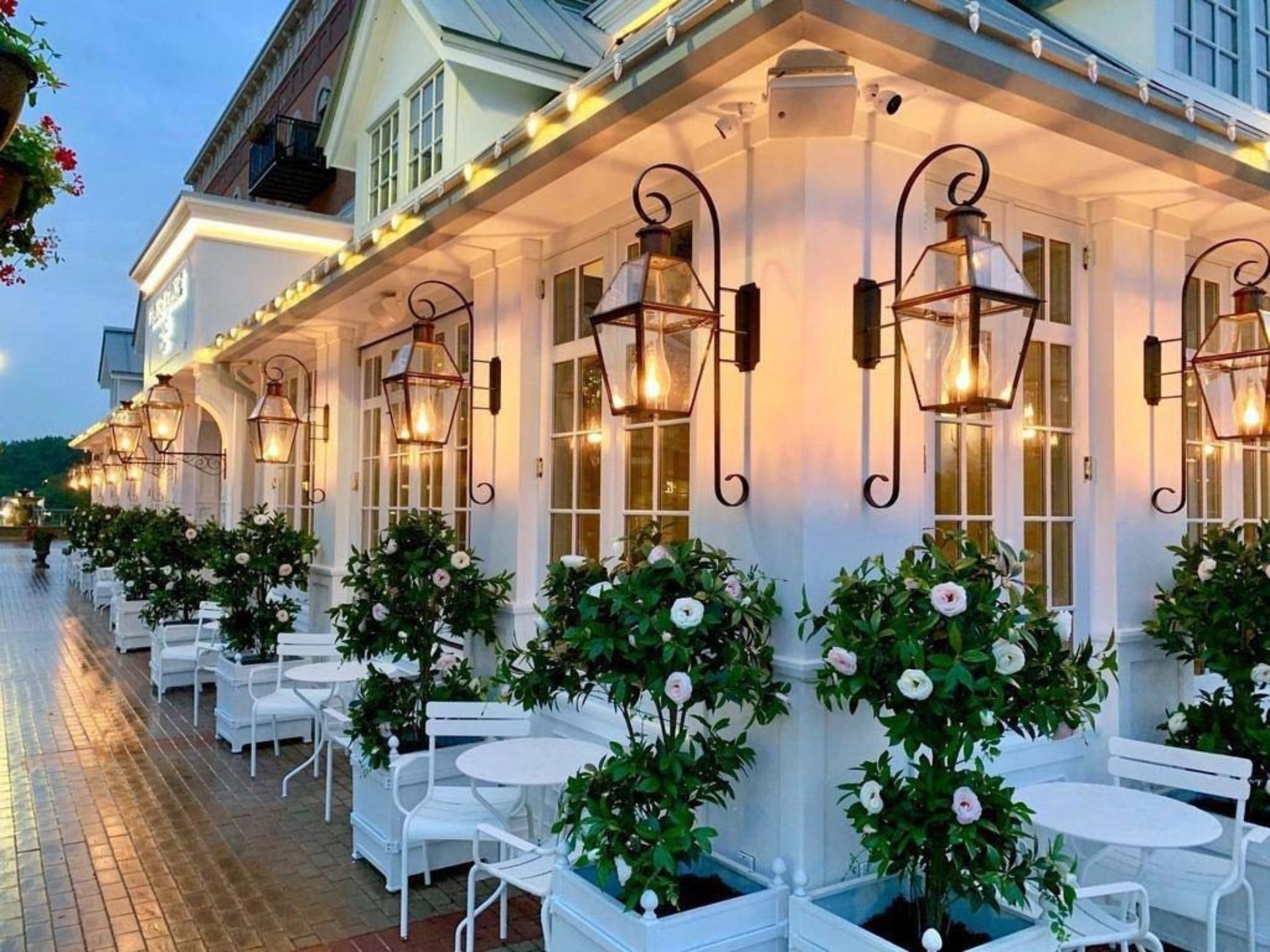
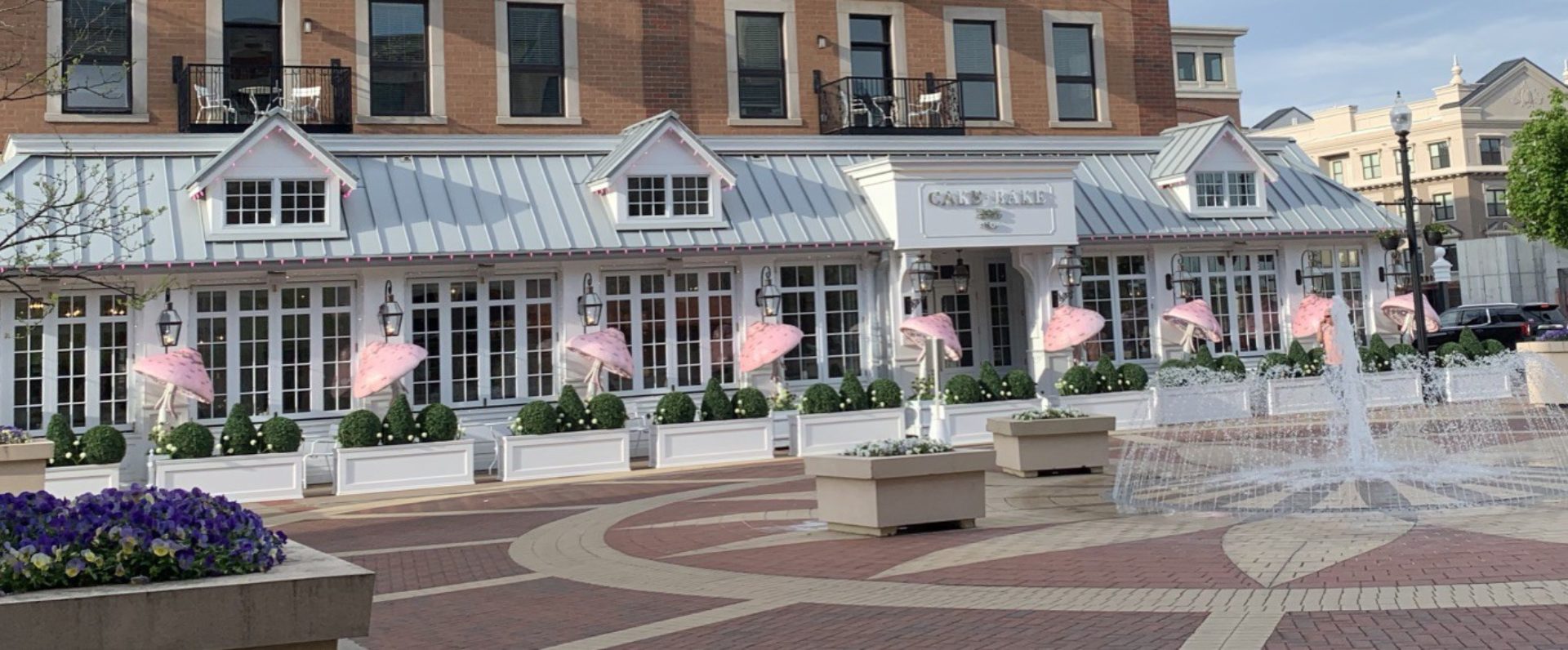
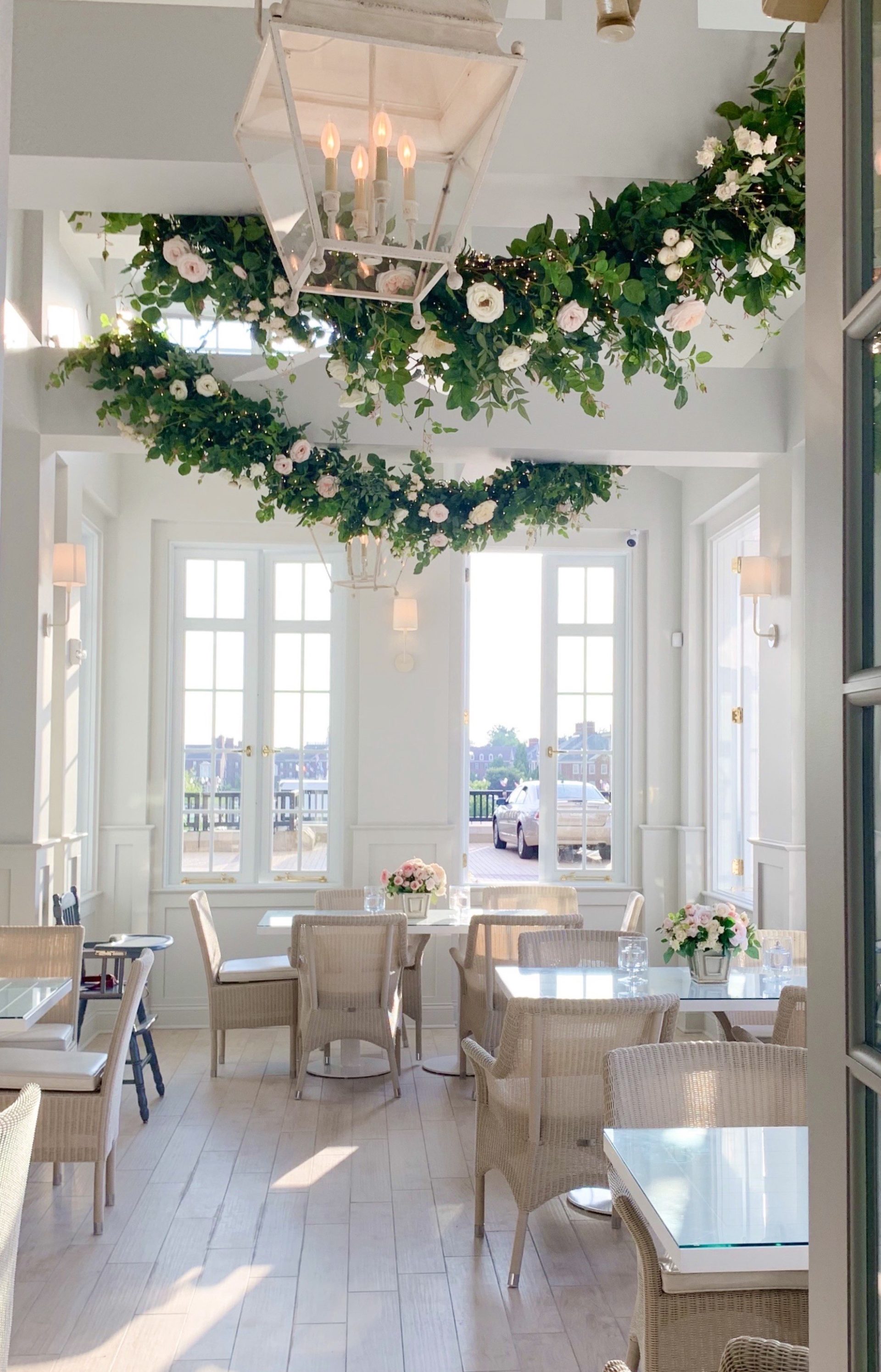
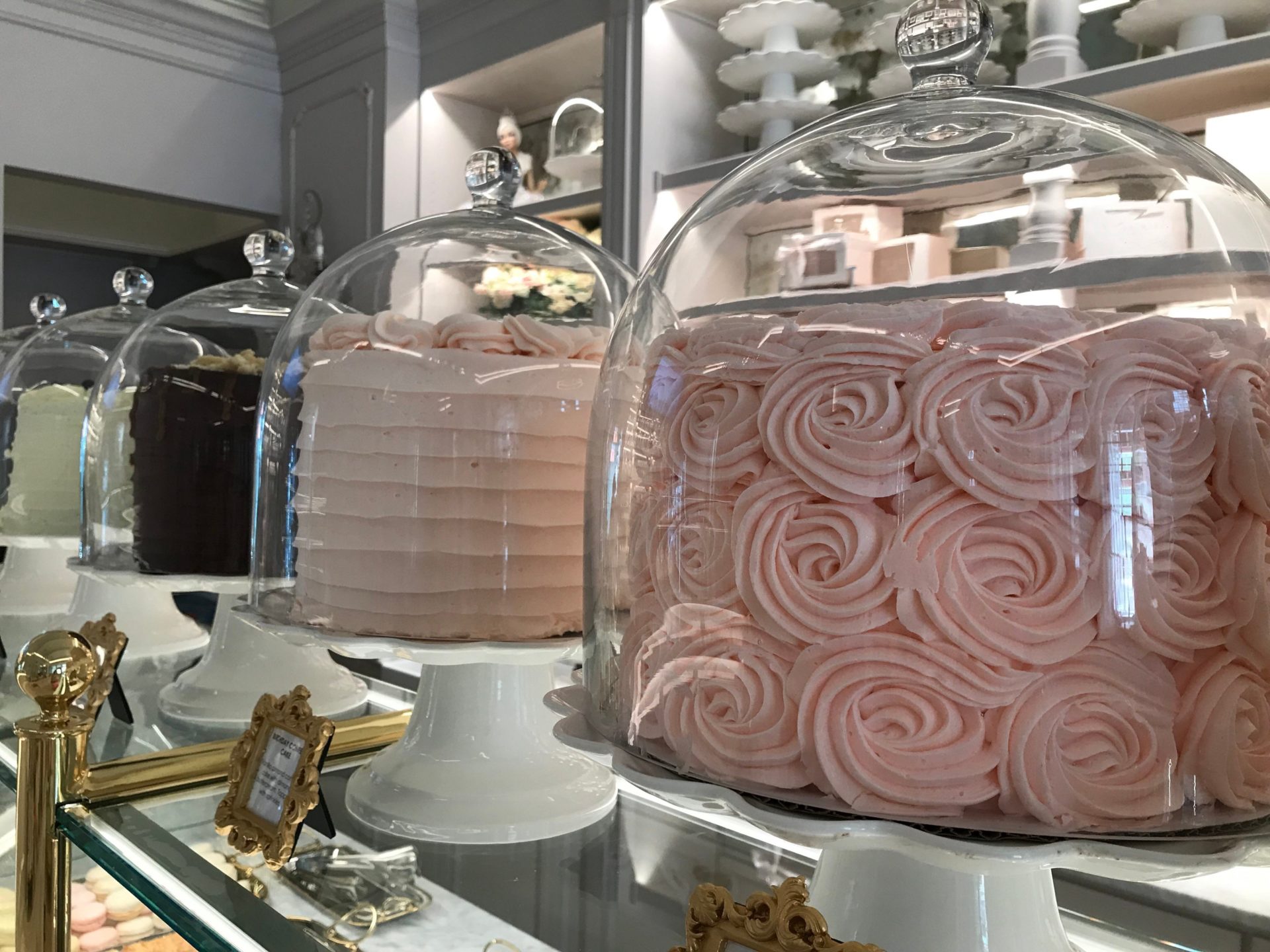
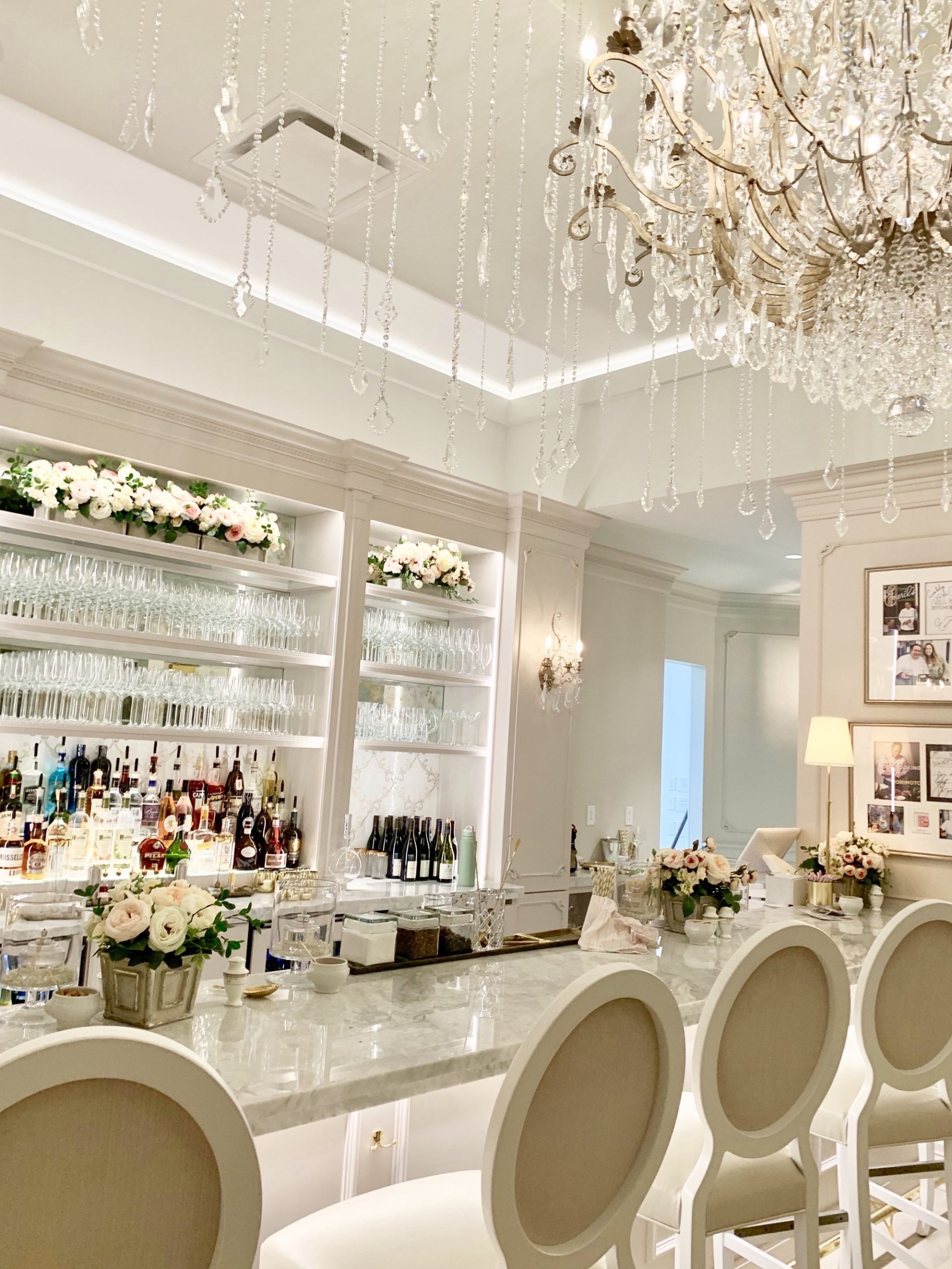
The Cake Bake Shop. “When Gwen first came to me I painted the pictures for her. She talked to me about the experience she wanted to create. She was very clear about her vision of having it be a complete experience from the sounds to the smells, to the uniforms, to the paintings on the wall.”
I’d love to talk a little bit about the Cake Bake Shop. Cake Bake is only in Indianapolis at the moment with two locations. But it’s really changed the face of the city because of its uniqueness. Could you start at the beginning and talk about that assignment?
I remember when it first came to me and I painted some pictures for Gwendolyn Rogers, the owner. She was very clear about her vision of a complete experience, from the sounds to the smells to the uniforms. So whether it was the Broad Ripple location or the Caramel location, or to the next location, each time she was very clear that it was going to be a happy, wonderful experience for families and people to come together. I took her sharing that with me very seriously, and also took into consideration the growth for her beyond these two locations. I paid attention to every detail that she shared with me and then I would try to source materials, all the way down to the way the crystals were frosted, or how bubbles in the champagne played a role.
It really has just been incredible to see her vision come to life. She is one of the hardest working women I know. I love her energy and her creative process. She’s always on fire about where and how she’s going to create that next beautiful experience for that little girl or boy or family or grandma, or whoever’s going to come in.
I remember reading that you all said you wanted to bring back decorum, like people getting dressed up.
Yeah, we talked about tea rooms and having the high tea. We’ve gone through this whole trend of athleisure wear and no one getting dressed up. You go to a restaurant and you kind of turn that restaurant table fast. Gwendolyn doesn’t care if you sit there for awhile. She wants you to have that experience like you would in Europe where the dining experience takes a little bit longer. That conversation and that gathering and getting dressed up, that is really part of who she is.
She’s done a really beautiful job with planning very far in advance for how the shop will change with her seasonal elements. That is really fun for people that have been in and had the experience before, whether it’s Halloween or the holidays. And now she has these beautiful pink mushrooms for spring. My job for her, when I went in and worked with her on the job with the architects, was to help reinforce her dream and also to create a backdrop in which she could creatively bring in this beautiful vision of the changing seasons.
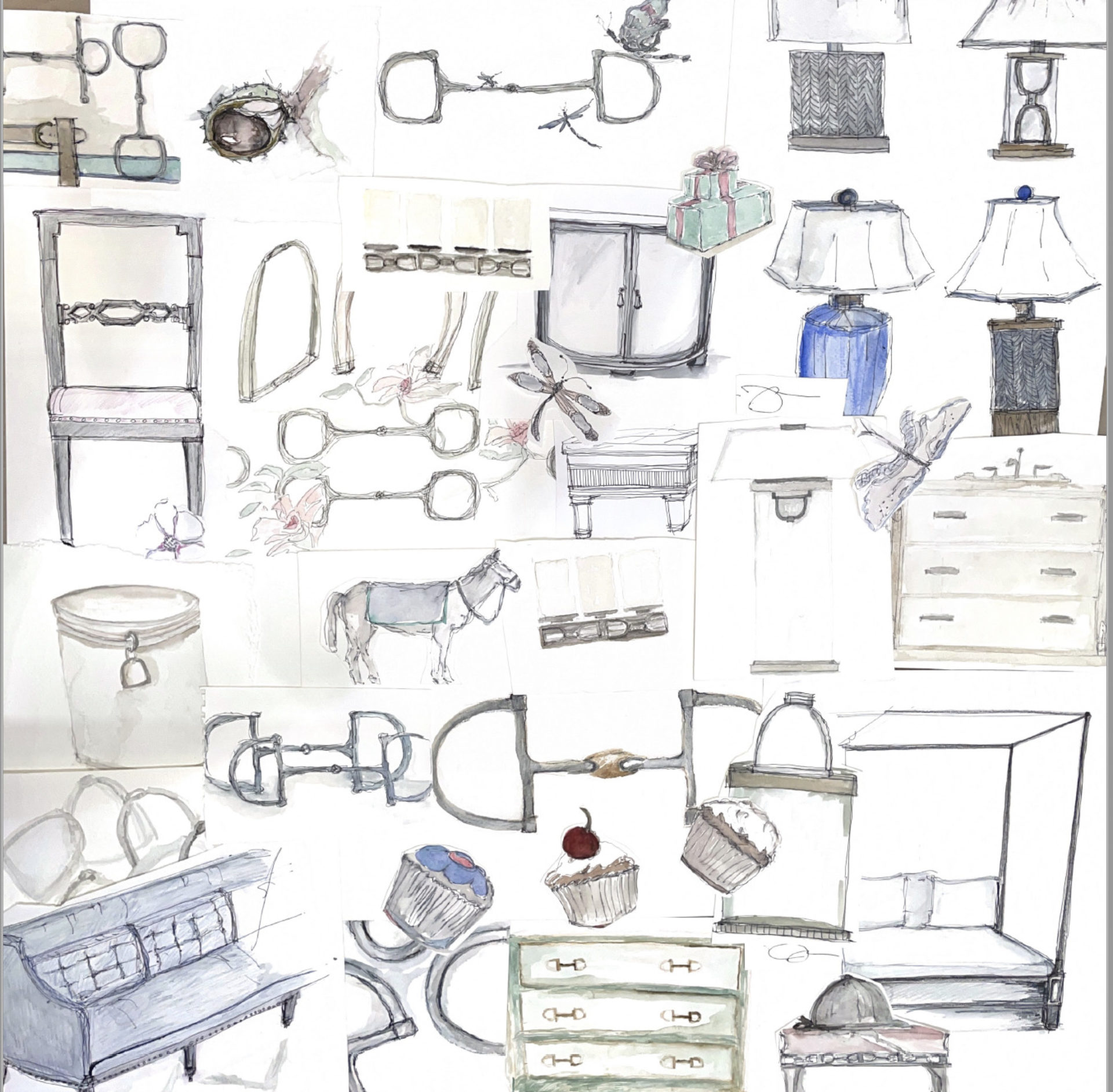
Talk a bit about your creative process. I know you’re an active listener, but you also intuit.
People have different levels of gifts: how they see things, how they perceive color, how they see the stars, how they find themselves in the world. My gift is when someone shares something with me, I can pretty much hear what they’re saying and draw that in my head. I think that came from my dad, being someone who pointed out details, who taught me very early on how important it was to look at all those things and put all those pieces and parts together in an architectural study. That was just me absorbing all of that, every line, every light, every texture, and then adding travel and art and all of those things. I can take all of that and interpret what people say into an interior environment. I think that that has been a strength for me. I have got that gift where I can see it finished. Many people can’t see it finished, they can only see one element at a time.
I definitely sense that you can see it all come together, but I also love that you start with literally painting. The interiors space is typically expressed in 3D modeling. It’s very cold and it doesn’t really have humanity.

Cast from Season 2 of Ellen’s Design Challenge. Each person was tasked with sketching, designing and building furniture based on an ingenious challenge.
Another thing that stands out about you is the fact that you took a chance about five years ago and agreed to participate in Ellen’s Design Challenge on HGTV. What motivated you to take that step?
Since I had an equestrian line of furniture, Portia (Di Rossi, Ellen DeGeneres’s wife) knew about it. She loves to ride horses and actually shows as well. I also think I was probably the only one making furniture in the Midwest and selling it worldwide at that point.
When I thought it through, I was like, “Everything that we do in our industry would take six to ten weeks, how fun would this be to collaborate with somebody and built it super fast?” So for me, I took it as an opportunity to be collaborating in a workshop with somebody and make it quickly. I wasn’t looking at it from a fame perspective, because I was already selling stuff. I was looking at it as a craft decision. I said to my family, “Are you guys okay with this?” I wasn’t sure if they would resist or not. And they were like, “Yeah, go.” It was Ellen, so they were all fired up about that. I was at that time in my life where I kind of challenged myself all the time to try new things and get out of my comfort zone.
I was terrified when I went on the show. I was definitely the most experienced designer and felt a bit like an outsider. If you watched the show you know that I got cut early. When I came home I learned a lot about myself. There was some alone time there. I came away so grateful for my family and my job. I was so grateful for all of my people and what I do every day. And at that point I was like, “I don’t really need to do anything else for the rest of my life, except for my job.” You kind of chase after shiny objects, and then you don’t really need to do anything like that ever again. It’s okay to fail. It’s okay to go and not win, but if I come away and feel like I learned something about myself, then I’ll tell that to my kids every day, all day long.
One last question, and I ask this to everyone: How would you define beautiful thinking?
Beautiful thinking is really the ability to connect people with their place. To hear what they need and what their dreams are. And then for me to be able to create and paint it for them that I can bring to life. Beautiful thinking is to be able to see beauty in every single thing. It’s in the environment and the outdoors and the textures and color and light, and people’s collections and their treasures from their families and all of the things that connect us to our place and our people and our families.


